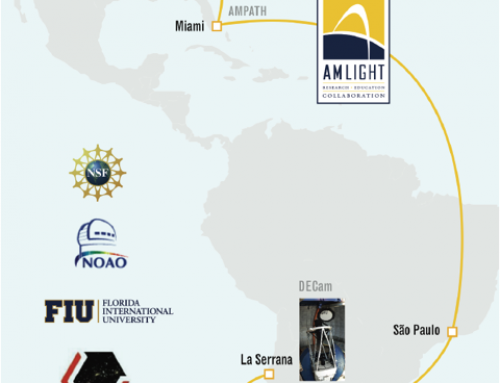Humanity’s most complex ground-based astronomy observatory, the Atacama Large Millimeter/submillimeter Array (ALMA), has officially opened for astronomers at its 16,500-feet elevation site in northern Chile.Thousands of scientists from around the world competed to be the first few researchers to explore some of the darkest, coldest, farthest, and most hidden secrets of the Cosmos with this new astronomical tool.”We went to one of the most extreme locations on Earth to build the world’s largest array of millimeter/sub-millimeter telescopes having a level of technical sophistication that was merely a dream only a decade ago,” said Dr. Mark McKinnon, North American ALMA Project Manager at the National Radio Astronomy Observatory (NRAO) in Charlottesville, Virginia. “And, now, here we are at the start of ALMA Early Science. We made the impossible possible. This truly is a great occasion!”For the start of Early Science, around one third of ALMA’s eventual 66 radio telescopes will make up the growing array, with about half of those delivered by NRAO. Even while still under construction, ALMA has become the best telescope of its kind — a fact that was apparently well known to the astronomers who requested to observe with it.Considering the limited number of hours allocated to this first phase of science, ALMA could only take about a hundred projects. “We were stunned when we received over nine hundred requests from all over the world!” said Dr. Lewis Ball, ALMA Deputy Director and NRAO’s ALMA Chief of Staff. “No other telescope on ground or in space has ever had this magnitude of over-demand.” The successful projects were chosen based on their scientific value, their regional diversity, and also their relevance to ALMA’s major science goals.Link to the full article Here
CREDIT: NRAO/AUI/NSF





